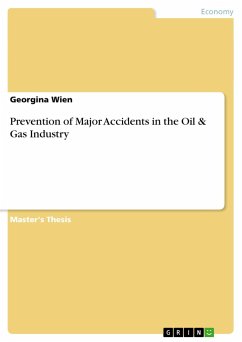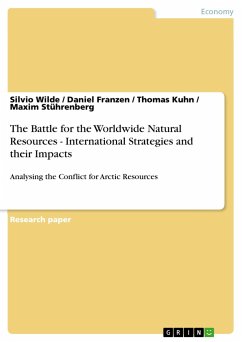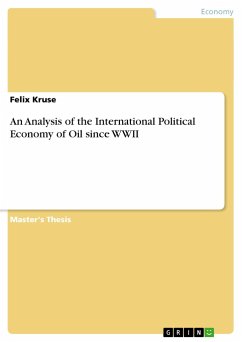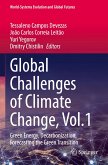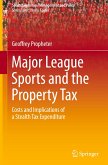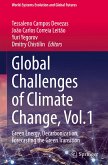Master's Thesis from the year 2011 in the subject Business economics - Economic Policy, grade: B, Robert Gordon University Aberdeen (Energy Centre), course: Master of Science Oil & Gas Engineering, language: English, abstract: Despite sophisticated Health, Safety and Environment (HSE) Management Systems and highly developed safety cultures, major accidents in the Oil & Gas industry are reoccurring events. This type of low frequency high impact event puts at stake the health and safety of employees, the viability of the ecosystem, the integrity of the structure, the life and health of populations in neighboring communities and can also massively impact the economic situation of a region. Prevention of major accidents is therefore of utmost importance.Detailed case studies of nine historic major accidents revealed common features in the accidents, although they represent a wide range of individual accident scenarios. Identified common features and recurring patterns were degradation of safety measures, decrease in attention and awareness towards major accident hazards as well as an increase in complacency and resulting management failures.These findings served as the basis for a prevention model specific to major accident hazards in the Oil & Gas industry. The Management of Major Accidents Scenarios model (MOMAS) was designed with special attention to practical application, information availability over long time periods and avoiding degradation of safety systems, in a holistic system approach. The MOMAS model consists of elements fit for application and offers palpable and precise support in performing the individual assessment steps. This was tested by demonstrating the prevention potential of the MOMAS model on three of the case study incidents.The MOMAS model also integrated the approach of As Low As Reasonably Achievable (ALARA), which is deemed to be more applicable to a major accident scenario setting than the current approach of As Low As Reasonably Practicable (ALARP). By integrating the MOMAS model into existing HSE Management systems it is going to support prevention of major accidents in the future.
Hinweis: Dieser Artikel kann nur an eine deutsche Lieferadresse ausgeliefert werden.
Hinweis: Dieser Artikel kann nur an eine deutsche Lieferadresse ausgeliefert werden.

